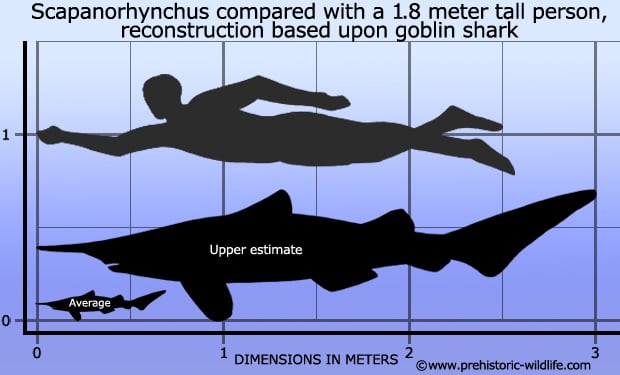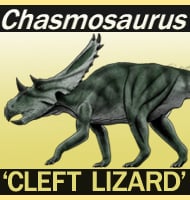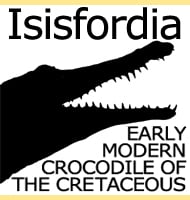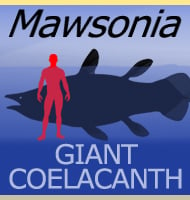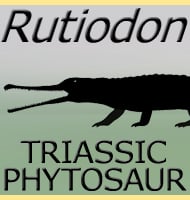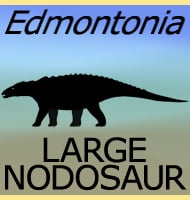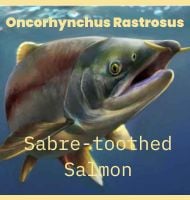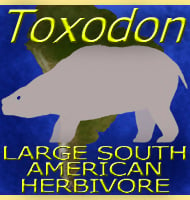In Depth
Scapanorhynchus appears to have been so much like the living goblin shark (Mitsukurina owstoni) that the two were considered by some to be the same genus. However study of the teeth has brought the conclusion that while very similar, they are different enough to keep the two separated.
The most striking feature of Scapanorhynchus is the extended snout that projects forward well ahead of the jaws. This snout was probably filled with electro-receptive ampullae that sensed the movements of nearby fish. This indicates that like the goblin shark, Scapanorhynchus was a deep water species that hunted in the darkness where sunlight could not penetrate. Here vision would be useless, but he electric sensors of its snout would easily find prey as it swam about, possibly unaware of the presence of Scapanorhynchus.
Aside from generally being considered to be smaller than the goblin shark, Scapanorhynchus has quite different fins. The main difference here is the proportionately larger tail fin the superior (upper) lobe of which was huge in comparison to the bottom lobe. Not only does this indicate that Scapanorhynchus was not a strong open water swimmer, it also suggests that it probably just lurked in the darkness waiting for prey, perhaps near the bottom.
Although usually considered to be small, the teeth of S. texanus have been measured at around five centimetres. This makes them a similar size to the teeth of the goblin shark which has been recorded at almost three and a half meters in length. However because of this large size and the fact that the teeth have been recovered from what appears to have been a relatively shallow water environment, some researchers have questioned its inclusion within the Scapanorhynchus genus.
Further Reading
Further reading- Catalogue of the Fossil Fishes in the British Museum (Natural History) Part 1 1-613. – A. S. Woodward – 1889.- Late Cretaceous fish from the Blufftown Formation (Campanian) in Western Georgia. Journal of Paleontology., 62(2). pp 290–301. – G. Case & D. Schwimmer – 1998.
